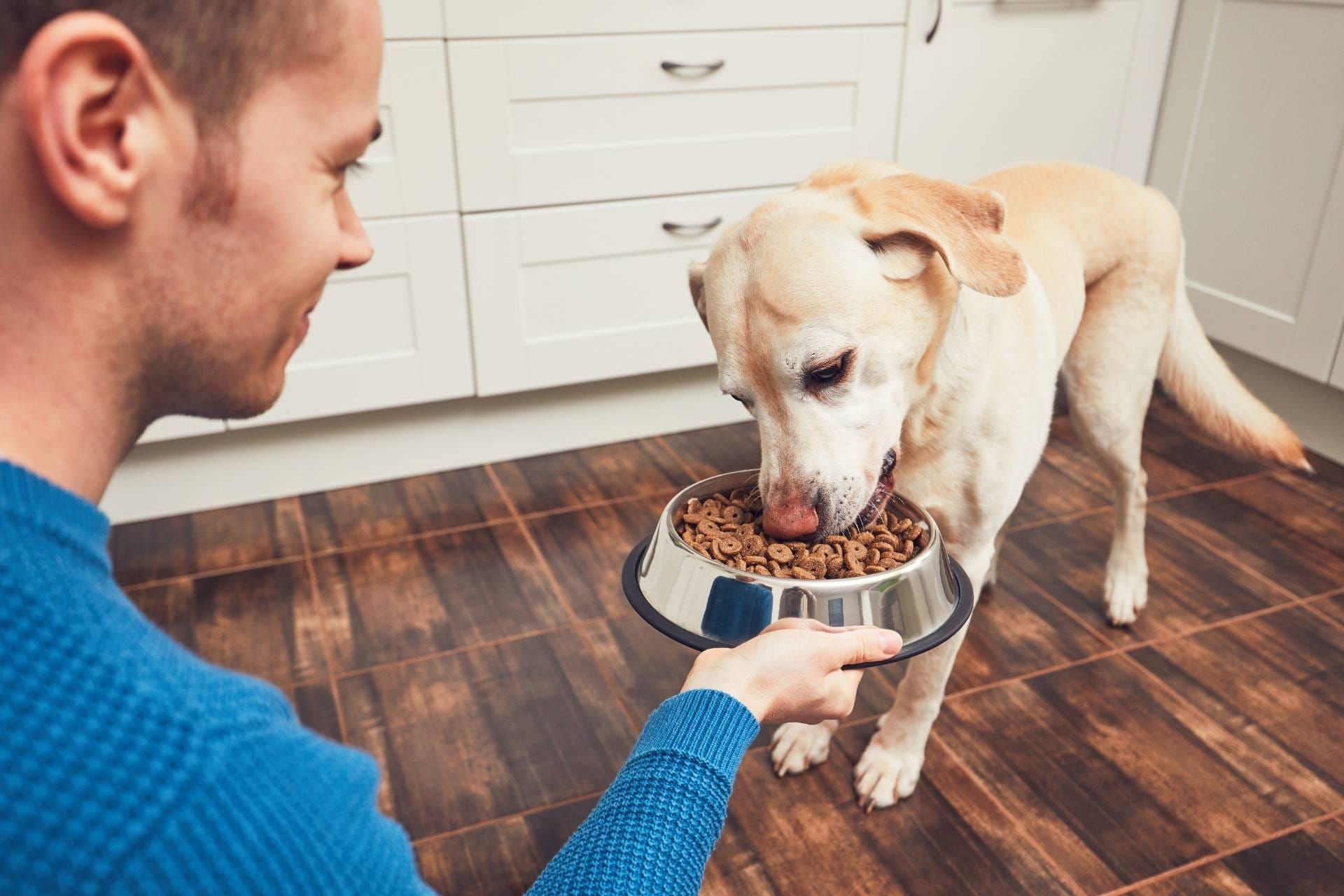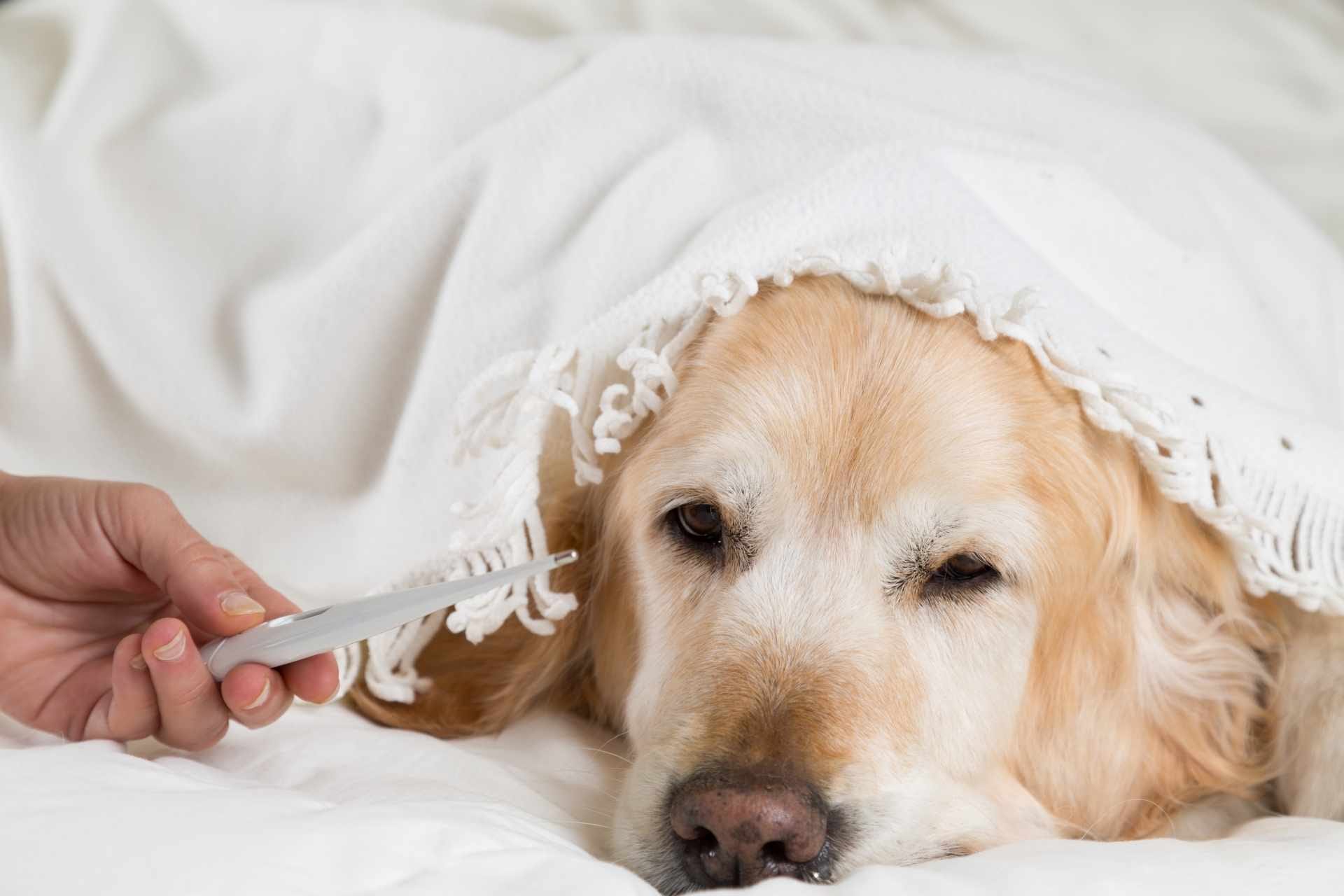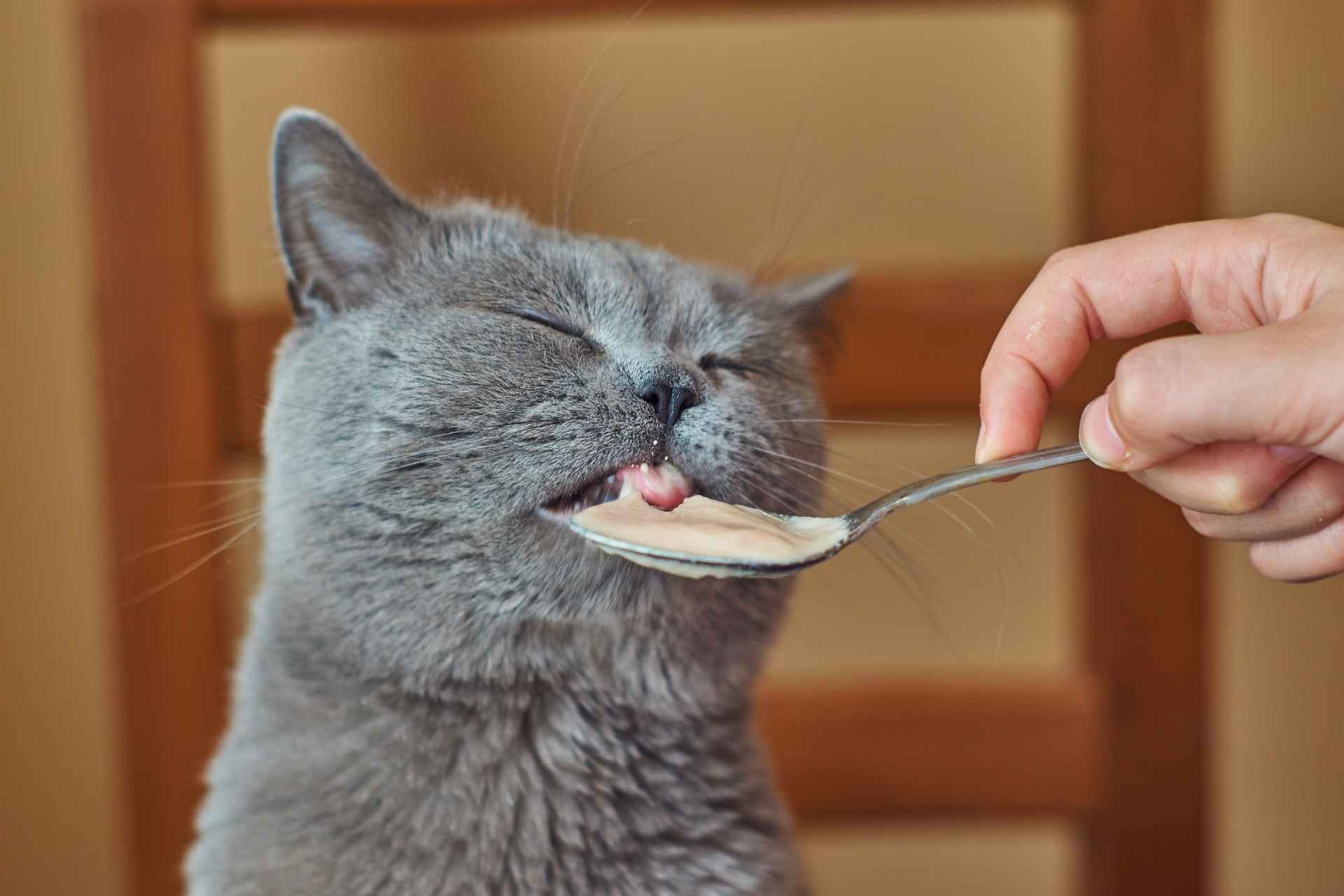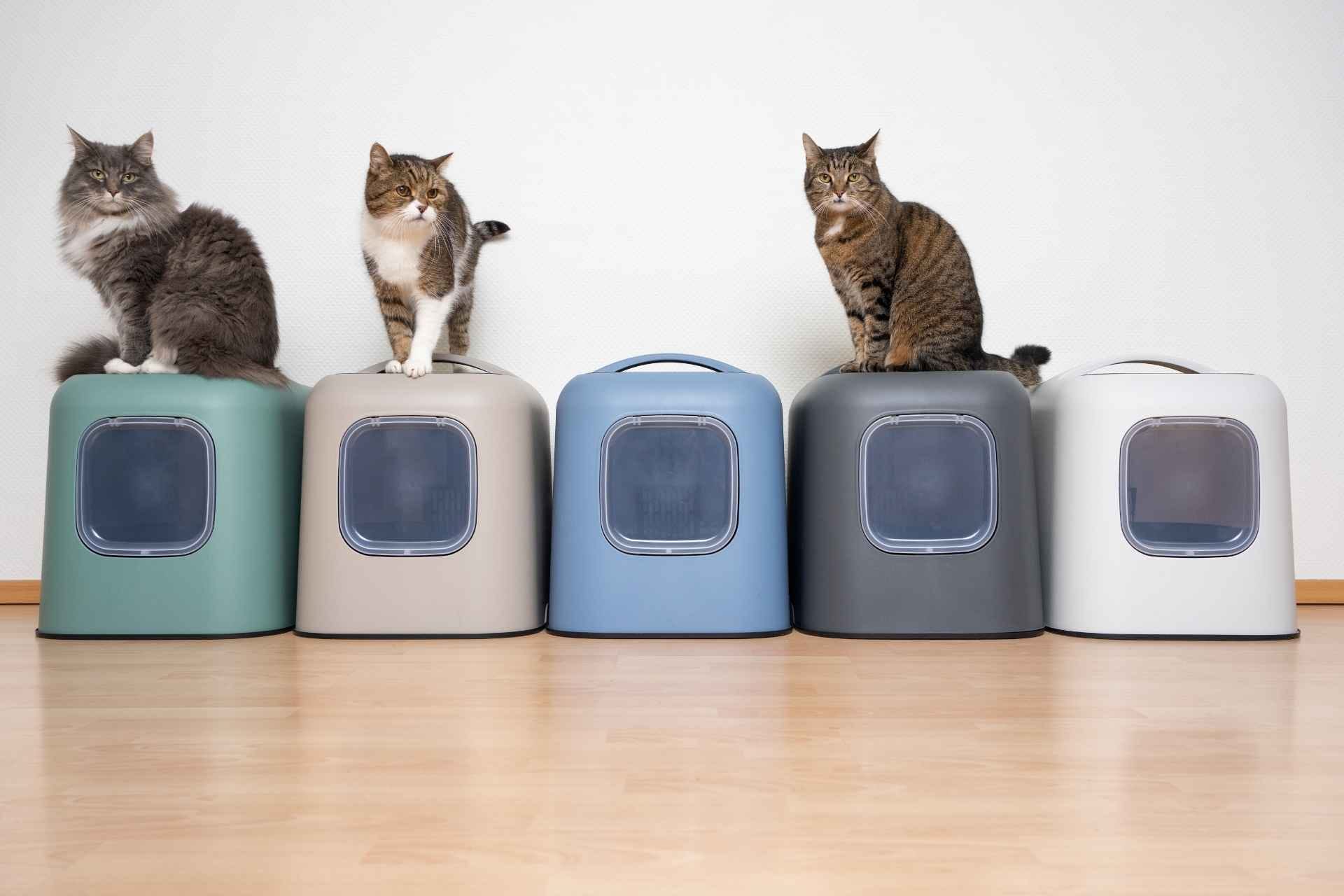Owning a dog is more than just belly rubs and evening walks. It’s about making sure that furry friend of yours is eating right, even if picking the best dog food feels more complicated than deciding what to binge on Netflix. Don’t worry, we’ve got you covered with a fun, straightforward guide to feeding your dog like the king (or queen) they are.
The TL;DR version: Picking the best food for your dog doesn’t have to be rocket science. Just remember: the key is a balanced diet suited to their age, size, and specific needs. Keep an eye on the ingredients, and always check in with your vet to ensure your pup is getting the best.
What does a balanced diet for dogs even mean?
Before you hit that “Add to Cart” button and feel like you’re about to ace an episode of MasterChef, let’s break down what your dog really needs to stay healthy.
Essential nutrients your dog can’t live without
Just like you (yes, you!), dogs need a balanced diet too. But their version of “balanced” looks like this:
- High-quality proteins: Proteins are the backbone of a dog’s diet. They help with growth, tissue repair, and energy. Basically, without them, your pup wouldn’t be the ball of energy that zooms after every squirrel.
- Healthy fats: Not all fats are the enemy. Dogs need them to keep their skin and coat in top shape. Plus, fats are an energy source. But let’s not go crazy and toss them a slice of pizza, okay?
- Carbs: Necessary or not?: While not essential, carbs can give your dog some extra energy, especially if they come from good sources like rice or oats.
- Vitamins and minerals: The MVPs of the immune system. These guys make sure your dog stays healthy, digests food properly, and that everything’s running smoothly.
The eternal question: Dry food or wet food?
You’ve probably gone back and forth over this like you’re deciding the fate of the universe. Let’s settle this.
- Dry food (kibble) perks: Easier to store, cheaper, and it helps clean your dog’s teeth. Plus, if your dog flings it across the floor (you know they will), it’s way less of a mess to clean up.
- Wet food wins: It’s tastier and packed with more water—perfect if your dog forgets to hydrate. Also, it’s a great option for dogs with dental issues or constipation.
Which one’s better?
Honestly, it depends. Some dogs love the crunch of kibble, while others just can’t resist the juicy allure of wet food. You can even mix them for the best of both worlds—like a buffet your dog didn’t know they needed.
What about other options? Welcome to the BARF diet
Yes, it sounds a bit gross, but the BARF diet (Biologically Appropriate Raw Food) is gaining popularity among dog owners who want a more natural approach. It’s raw, unprocessed food, and while it’s more work than popping open a can of kibble, some swear by its benefits.
How to pick the best food for your dog
Feeding a puppy is not the same as feeding a senior dog, and a Chihuahua won’t need the same food as a Great Dane. Your dog’s food should be as unique as they are.
Age matters: From puppies to senior dogs
- Puppies: They need a diet rich in protein and fat to grow into the strong, energetic dogs they were meant to be. That endless puppy energy? Yep, it’s all about the nutrients.
- Adult dogs: While they need fewer calories than puppies, they still need high-quality proteins and fats. Throw in some fiber to keep things moving smoothly (if you know what we mean).
- Senior dogs: Older dogs slow down, so they need fewer calories. Look for foods that promote joint health and contain antioxidants to boost their immune system.
Size and breed: Yes, it matters
Got a large dog or a tiny pup? The size of your dog affects their energy needs. Large breeds need different nutrition than small ones, and picking the right food can make a huge difference in their long-term health.
Your inbox needs this
Subscribe to the Petme newsletter for weekly updates with pet care tips, tales, and member-only perks.

Store-bought vs. homemade: Pros and cons
- Commercial food: It’s convenient, balanced, and easy to find. But, not all commercial foods are created equal. Always read labels and make sure the ingredients are high-quality.
- Homemade food: If whipping up meals for your dog sounds appealing, go for it! Just make sure you’re doing it under a vet’s guidance, so your dog doesn’t miss out on any essential nutrients. Here are some tips to get you started.
What to avoid feeding your dog
Not everything you eat is safe for your dog. In fact, some common foods are straight-up dangerous.
Toxic foods for dogs
Chocolate, onions, grapes, and avocado—just to name a few (learn more about toxic fruits and veggies here). Even in small amounts, these can seriously harm your pup. So, keep your snacks to yourself!
How to spot food allergies or intolerances in dogs
Does your dog scratch a lot or have digestive issues after eating? They might have a food allergy or intolerance. If you notice these signs, talk to your vet and consider switching to hypoallergenic or homemade food.
FAQs about feeding your dog
How often should I feed my dog? This depends on their age and size. Most adult dogs eat twice a day, while puppies need smaller, more frequent meals.
What treats are good for my dog? Stick to healthy, low-calorie treats that complement your dog’s diet (for example, freeze dried treats could be a healthy option). Avoid anything with artificial coloring or too many preservatives.
Should I change my dog’s diet over time? Yes. As your dog ages or if their health needs change, their diet should adapt too. Always consult your vet before making any major changes.
Is wet food good for my dog? Absolutely, especially for dogs that don’t drink much water or have dental issues. It’s a solid option.
What if my dog is a picky eater? Try mixing wet and dry food or offering different flavors. Just don’t switch things up too often—it can make them pickier!
Your dog is part of your family—make sure their food shows that!












Join the discussion 5 Comments